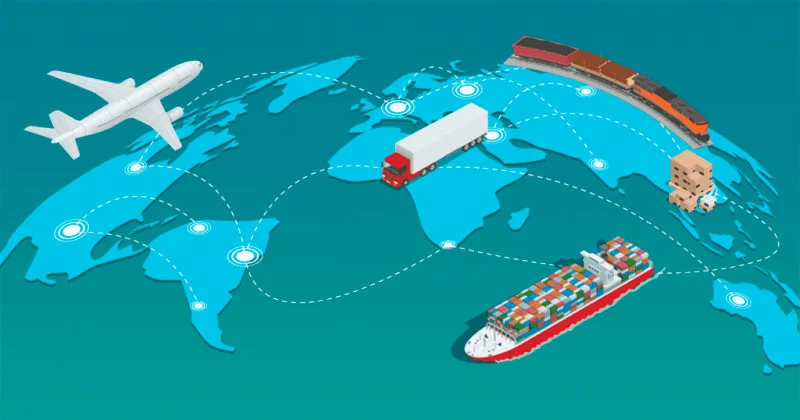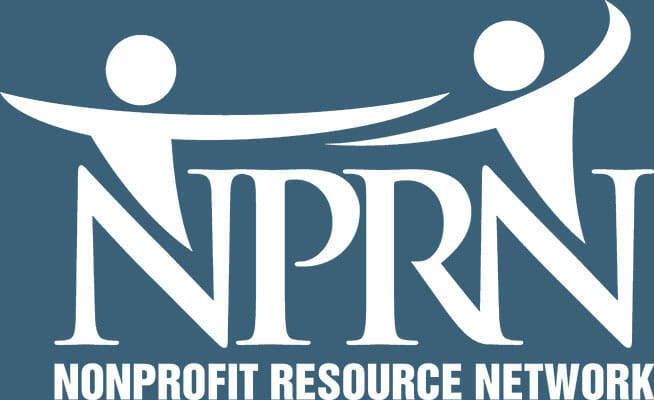Her experience in various B2B and B2C industries proceed to drive her curiosity in the SaaS buyer journey. Rachaelle holds a BA in Communication Studies from the University of Florida. Teams can also use the burndown chart to replicate on their general sprint. Reviewing the chart can present how the staff is working collectively, as nicely as the honesty and dedication of the staff members. Project administration software program like Asana presents integrations with these metrics and instruments, making it easier burndown chart meaning to track and analyze your project’s performance.
- Burndown charts are valuable tools in Agile methodology and Scrum frameworks, offering teams with a transparent, visual illustration of their progress and helping them keep on monitor.
- Typically a Burndown chart in Targetprocess is represented by line chart.
- This means, they are going to be geared up with everything they should hit the bottom working from day one.
- Thus, a Burn-down chart reveals the remaining quantity of work that’s left for the Scrum Team to be accomplished.
- One day may be extra productive than one other, or the effort required to finish a specific task could have been underestimated.
- Effort To Do (size of remaining work) is the vertical axis of the chart, and the Timeline (with daily or weekly resolution) is the horizontal axis.
Step 1: Estimate The Hassle Required
The velocity of the staff is subtracted from the top while modifications in the Scope change the underside of the bar. With monitoring in place, understanding tips on how to read and interpret the info from the burndown chart is key. Remember, as soon as created, all the time update the chart day by day to trace your group’s work progress and often evaluation how this data corresponds together with your Mobile app final project goals.
Tips On How To Use A Burndown Chart In Agile & Scrum
The user stories it shows are primarily based on the ones selected by the staff in the sprint planning session. Unlike the product chart, this burndown chart makes use of days on the horizontal axis to evaluate the efficiency. A burndown chart helps agile project administration groups hold monitor of what’s been done, what needs to be accomplished and the way much time is left within the project. While a burndown chart is historically a visible tool, it could additionally act as a list that outlines the work to be done and what percentage of it is complete.
Query: What Is The Main Purpose Of A Burndown Chart In Agile And Scrum Methodologies?
Burnup charts are similar to burndown charts as they share the identical coordinate system. However, a burndown chart exhibits all the remaining work and burnup charts let you know how a lot you’ve achieved but. Often, groups can use their burndown chart as a prediction tool that permits them to visualise when their project shall be accomplished. Burndown charts also provide perception into the health of their sprint. Upon reflection of the burndown chart, teams are given insights into bottlenecks in the process and are then able to determine solutions to obstructions, which result in significant outcomes. Now that you understand how to learn and use a burndown chart, you’ll have the ability to create certainly one of your own.

How Easy Agile Might Help Your Group
All of those burndown charts and alternate options offer diverse methods to track progress, make selections, and handle initiatives effectively in agile environments. To create a helpful burndown chart in Scrum requires some pre-planning before teams can start tracking their progress effectively. From the burn-down chart graph, we will estimate when the project goes to be complete.
The visible representation burndown charts provide is a large assist to hold up efficient collaboration. A burndown chart supplies status reviews and does not take too much time to make and browse, so everyone can keep track simply. Its axes are used to display time/iteration (horizontal) and the user story points (vertical). The start line of a project is on the leftmost point, which can additionally be the best a half of a perfect burndown chart.
When extra tasks, requests or features are added to the product, Burn-down charts can’t measure the effectivity of the team. In a Burn-down chart, a line is plotted down the vertical axis, exhibiting the actual burnout price of the Scrum Team, at which the tasks are being completed. In addition to that, a secondary line is plotted, which shows the perfect burnout rate that is expected from the Scrum Team. Thus, a Burn-down chart exhibits the remaining amount of labor that’s left for the Scrum Team to be completed. A Burn-up chart is outlined as a software that’s used in Scrum & Agile-based products that helps within the visual illustration of a Scrum Team’s general progress of the work that they’re doing.
Ideally, by the top of the project or sprint, the chart ought to reach zero, signifying that all deliberate work has been completed. It is usually used in Agile project management and Scrum methodologies to track the progress of a project, dash, or iteration. However, as time progresses, the Actual line fluctuates above and under the Ideal line depending on the difference between estimated and accomplished work. And on the Finish point, the Ideal line intercepts the X-axis, exhibiting no work left to finish. The size of every bar represents the total amount of work remaining firstly of each sprint.
As the times progress, if actual progress matches or exceeds these projections, then issues are going easily. If the team is struggling to maintain up or working forward, then there may be some underlying issues that have to be addressed. That’s why monitoring the burndown chart can help prevent potential difficulties from changing into tougher problems in the future. Finally, as with a burndown chart, this will run alongside a line that represents the ideal velocity your team should be aiming for. By reviewing the work accomplished to the best velocity at any level within the sprint, you’ll be able to rapidly see whether or not you’re ahead of or not on time.
In order to handle your projects successfully, you should keep a watchful eye in your progress. If you see that you’re forward of schedule (meaning your “actual” line is dipping under your “ideal” line), you know you have some wiggle room to take your foot off the gas if needed. If you’re behind (meaning your “actual” line is hovering above your “ideal” line), this indicates that your team must play catch-up.
This line uses the previous efficiency of the team to estimate their performance and provides you a measuring stick to judge your performance. One distinguishing function of the perfect work line is its constant slope. In actuality, groups work with totally different velocities all through the project. Most product groups use a combination of product and sprint burndown charts to gauge their efficiency. It’s displayed in a central location within the office or digitally shared with everyone to maintain the operations transparent and let everyone know the present standings of the team. A burndown chart helps analyze the work you have to do versus the time it takes you to complete it.

You’ll wish to track how much time it takes to finish every task and the way that effort is pacing toward your aim. ProjectManager is on-line software that offers a quantity of project views to help you gather and monitor your burndown chart. Our list view captures your duties and reveals how much work is left earlier than duties are full. This real-time information access permits team members to comment and share files as needed. A product burndown chart reveals how a lot work remains for the entire project, whereas a sprint burndown chart reveals how a lot work stays in a specific iteration. The horizontal axis of the sprint burndown chart reveals the sprints; the vertical axis exhibits the quantity of work remaining initially of each dash.
This agile software captures the description of a characteristic from an end-user perspective and exhibits the whole effort towards the quantity of labor for each iteration or agile sprint. Take your Agile project administration to new heights with Nimble’s highly effective sprint burndown chart functionality. Gain real-time visibility into your team’s progress, optimize workflows, and drive profitable outcomes with our user-friendly platform.
Transform Your Business With AI Software Development Solutions https://www.globalcloudteam.com/ — be successful, be the first!

Leave a Response